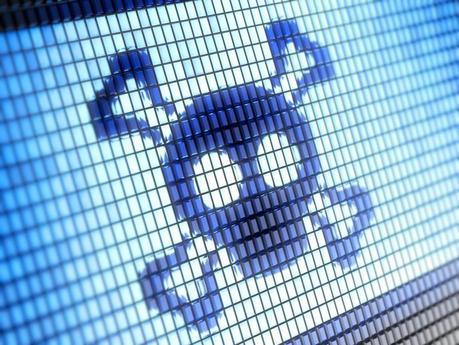
by Sasha / EF! Newswire
Last night, the FBI and DHS linked up with 10,000 engineers and an intercontinental web of utility company executives in a cross-country war game. The target: ecoterrorists targeting critical electrical infrastructure points. Their tactics: computer viruses, bombs, and guerrilla warfare.
The coordinated attacks on the US power grid took place across hundreds of transmission lines and transformers throughout the US, throwing tens of millions of citizens into darkness. As police, firefighters, and utility workers rushed to repair the damaged or destroyed infrastructure, the enemy sprang their traps, killing seven and wounding 150.
While the simulation was almost entirely virtual, some companies actually sent trucks with linemen to practice investigating critical equipment isolated from the system by computer viruses.
In today’s New York Times, Matthew L. Wald reports, “Drill participants said they would not talk about the specific locations of the simulated attacks, for two reasons: The locations were chosen at points that the insiders knew were vulnerable, and the companies involved were promised that if they participated, their performance would not be held up to public criticism. The purpose, organizers said, was to pose problems that were hard to solve, to expose areas that needed improvement.” Those involved were monitored and recorded by attentive agents with Washington’s Department of Homeland Security National Cybersecurity and Communications Integration Center in order to assess how the “fog of war” scenario would play out.
The GridEx Wargame is the second in an established tradition of “Grid Exercises,” which test the reliability of electrical infrastructure response and cybersecurity. The first GridEx took place two years ago, and involved a much smaller group of people. According to the NYT, 210 utility companies played this year’s GridEx II, as well as Canada’s RCMP. Since the RCMP are involved, and they have spent a ton of money studying counterinsurgency against indigenous peoples, it would not be surprising if First Nations are also in the cross-hairs of GridEx.
The model attacks were modeled after infrastructural sabotage that has actually taken place across the world. For instance, one simulation regarding Southwestern Electric Power Company in Louisiana, Arkansas and eastern Texas, had attackers using guns and bombs against a power plant and a transformer, and 108,000 of the company’s 520,000 customers lost power. This drill was likely modeled after the destruction of a 100 foot electrical tower in August, wherein a saboteur used a moving train to catch a cable that was hooked up to the tower.
Judging by the huge difference between the violence of the drill and the crafty technique of the actual incident, it is apparent that state agencies are, as usual, squandering enormous budgets on child-like enactments of their closest fantasies.
The effects of the intense and high-pressure wargames are obvious on the employees who are meant to participate in them. According to one SEPC worker, “It was more severe than anything we’ve drilled. By the end of the exercise, 20,000 customers were still in the dark. The parent company got hit harder: Power was knocked out for an additional 162,000 customers, and one employee was killed.”
Nadya Bartol, the senior cybersecurity strategist at the Utilities Telecom Council, explained re-enforced the importance of the wargame, however, stating, “It’s a good idea, just like it’s a good idea for a student to take a training test for the SAT.” Apparently Bartol believes that training tests for the SAT involve “school shooter” drills.
The bizarrely asymmetrical nature of the drill to the actual threat of electrical sabotage is reminiscent of the notorious Lakeland counterinsurgency exercises. In Lakeland, troops were briefed that a separatist town had abandoned the US for the Sierra Club, and the ELF had ignited an eco-war amidst the anarchy.
Counterinsurgency is already deployed throughout the US by local police fighting gangs (read: terrorizing people of color), the Border Patrol terrifying migrants, and the DHS monitoring huge portions of the population in order to alienate anti-fracking activists. The goal of counterinsurgency is to ensure that basic infrastructure and governmental services are secured in order to win the “hearts and minds” of the population.
What we are witnessing is Counterinsurgency 2.0—an industrial security state that organizes itself under the cloak of wargames, which are kept secret from the public due to the high probability of popular outcry against paranoia and wastage of resources. According to counterinsurgency, hearts and minds are secured by an “operational environment” that ensures electrical power and infrastructural security, so the state must secure those things (even if the population does not like their methods) to retain popular approval.
Thus we see a vague mapping of where the State believes that the most sensitive positions lie. It is not the general method of state repression that counterinsurgency takes into consideration, but the simple, brute power of “security” for daily life.
Check out Sasha’s article on Counterinsurgency in the Marcellus Shale in Life During Wartime: Resisting Counterinsurgency (AK Press 2013)

